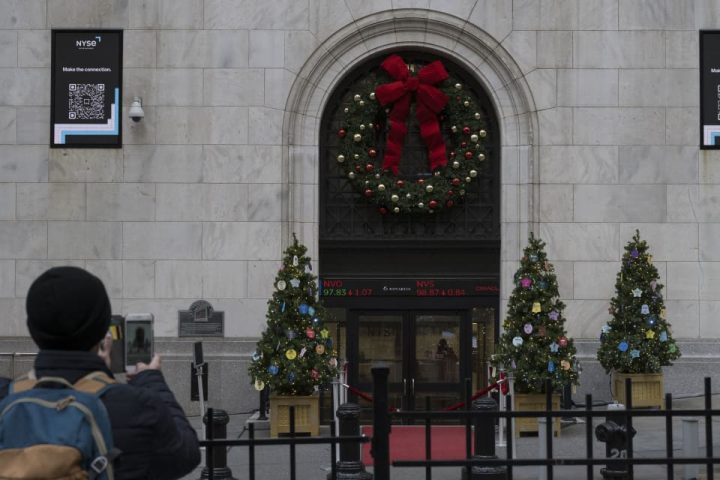Capitulation signs are, well, emerging in emerging markets, with stocks at their worst level relative to U.S. since 1971.
The iShares MSCI emerging markets ETF
EEM
has declined 1% this year, versus a 13% rise for the ETF
SPY
tracking the S&P 500.
Bank of America strategists led by Michael Hartnett also note not just prices falling, but that there was the biggest redemption in emerging market debt and equities since June 2022.
Left unsaid is that that emerging markets, and China in particular, are struggling to maintain their previous breakneck speed of growth, while the U.S. economy has been growing far stronger than most had expected.
Hartnett and team say there are great “secular contrarian entry points,” not just for emerging markets but gold, small cap, value and banks. U.S. banks, they point out, are trading at 80-year lows relative to the S&P 500, and financials saw their largest outflows in 13 weeks.
Regional banks
KRE
rallied on Thursday on hopes that longer-term Treasury yields have peaked.
Among Bank of America’s private clients, the allocation to cash and T-bills, at 15.8%, is the highest since February 2010, more evidence of the so-called “T bill and chill” position.
Also read: ‘T-bill and chill’ trade sees big influx from individual investors
Read the full article here







